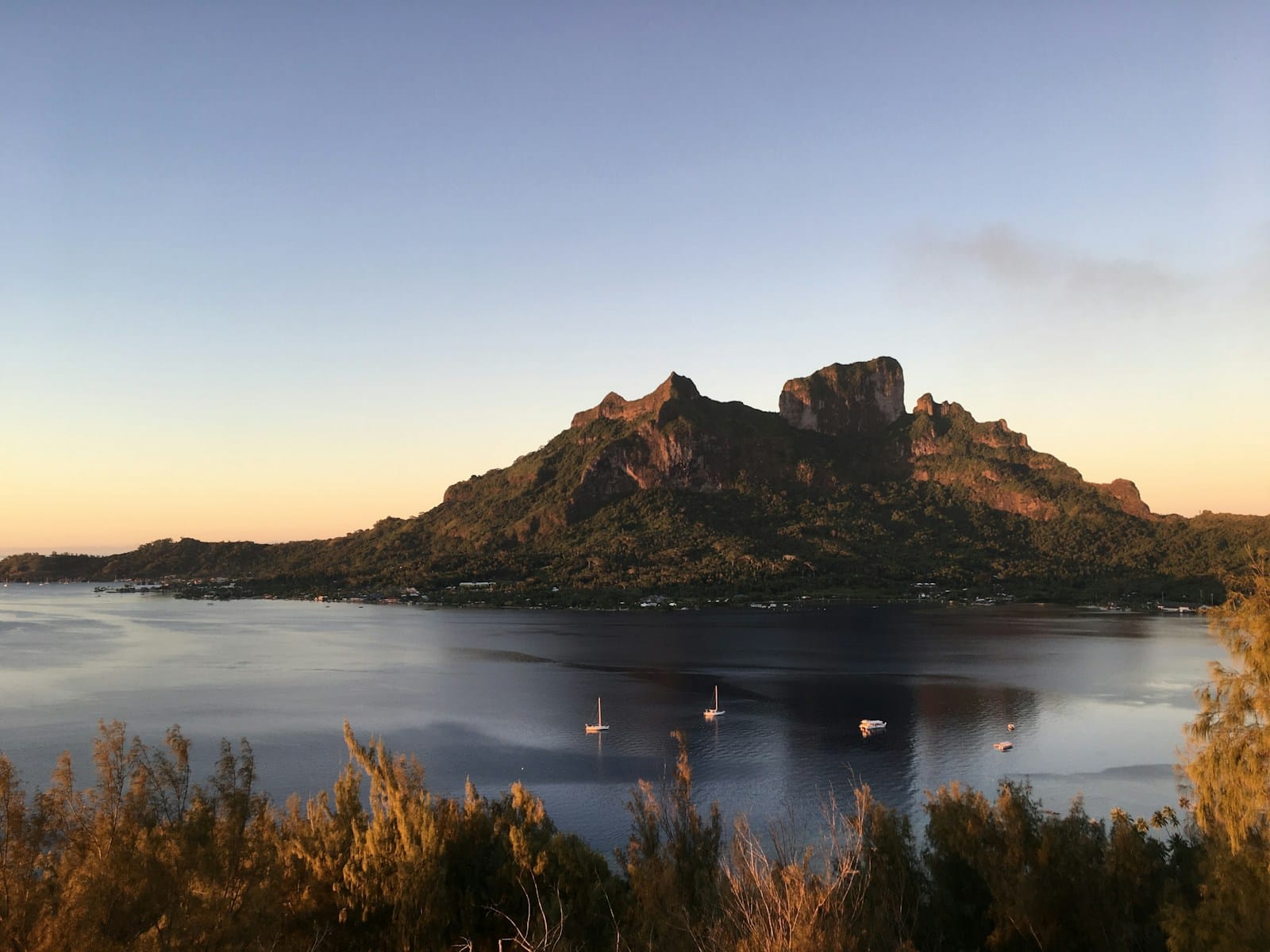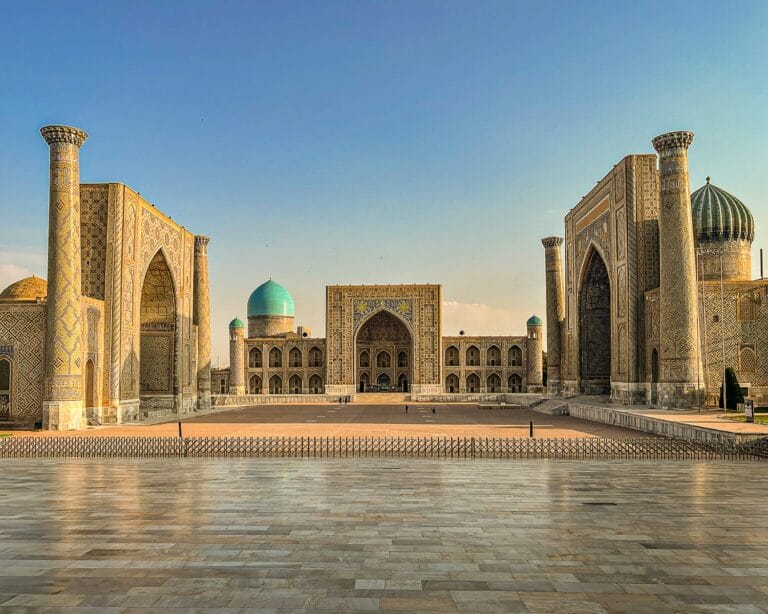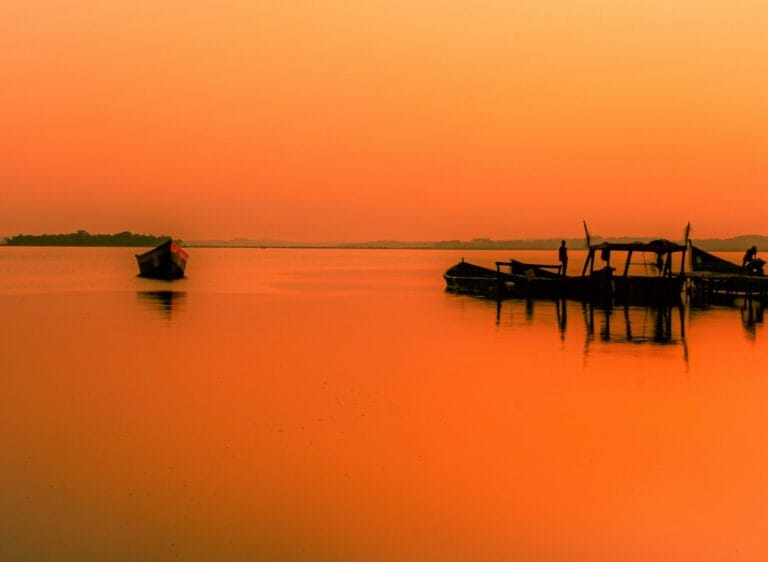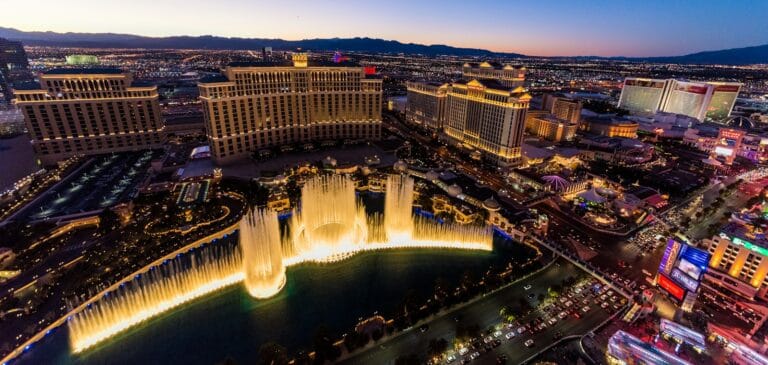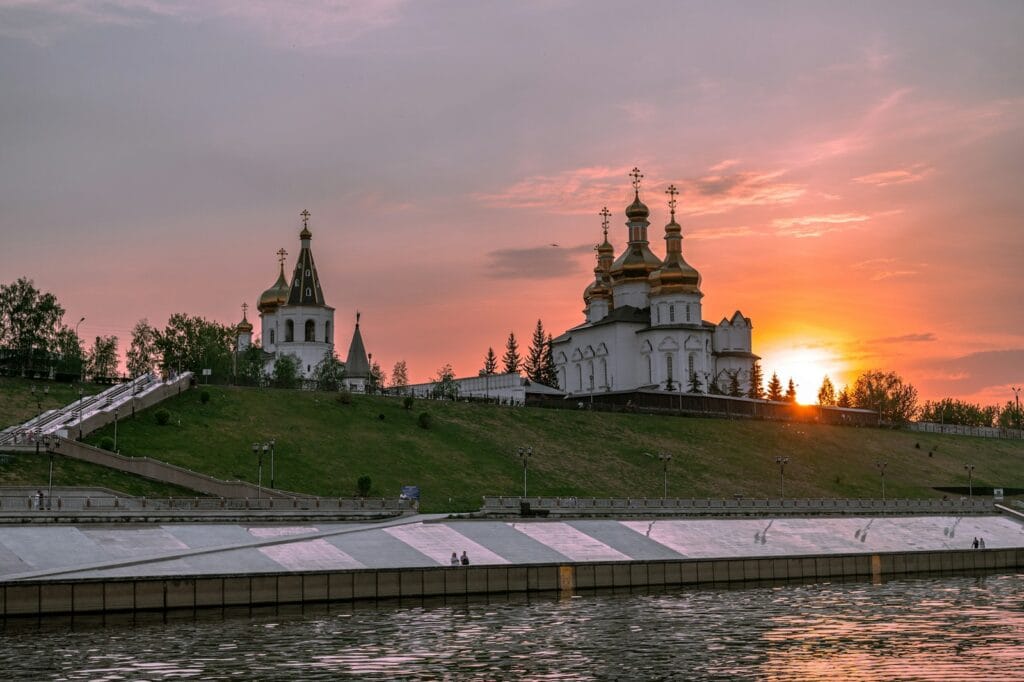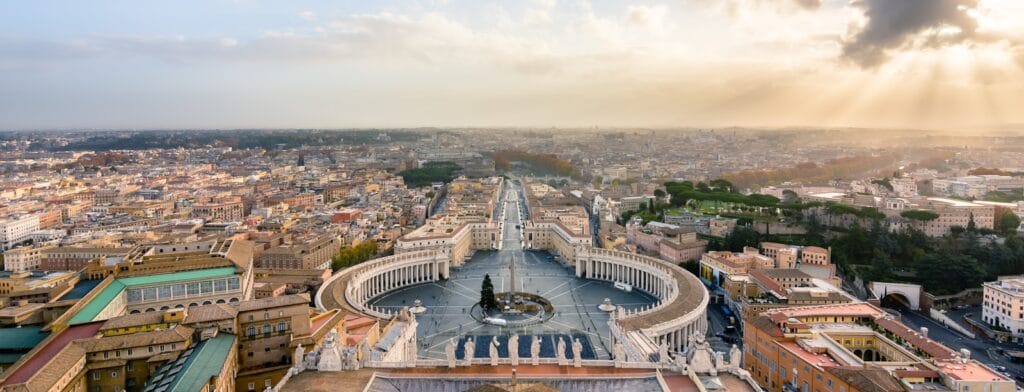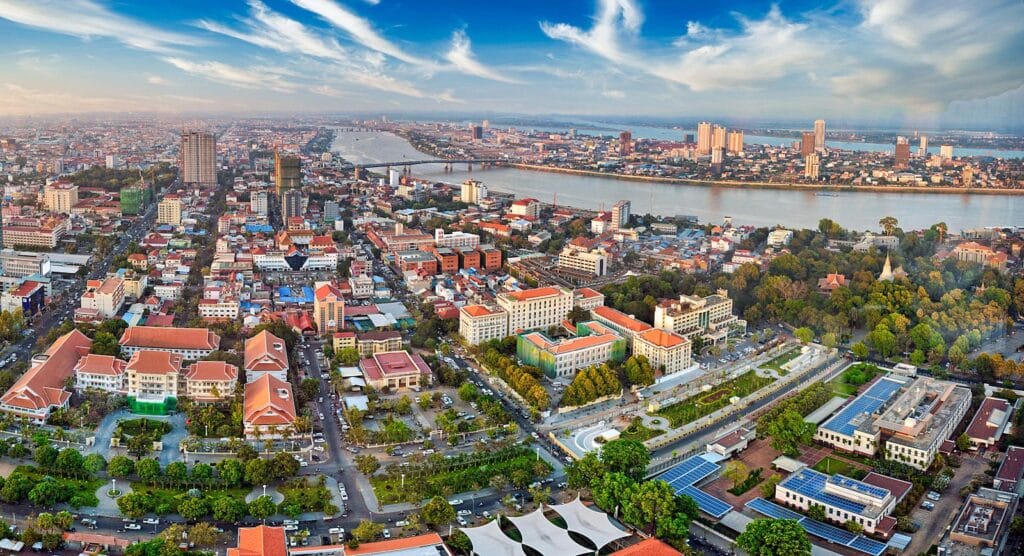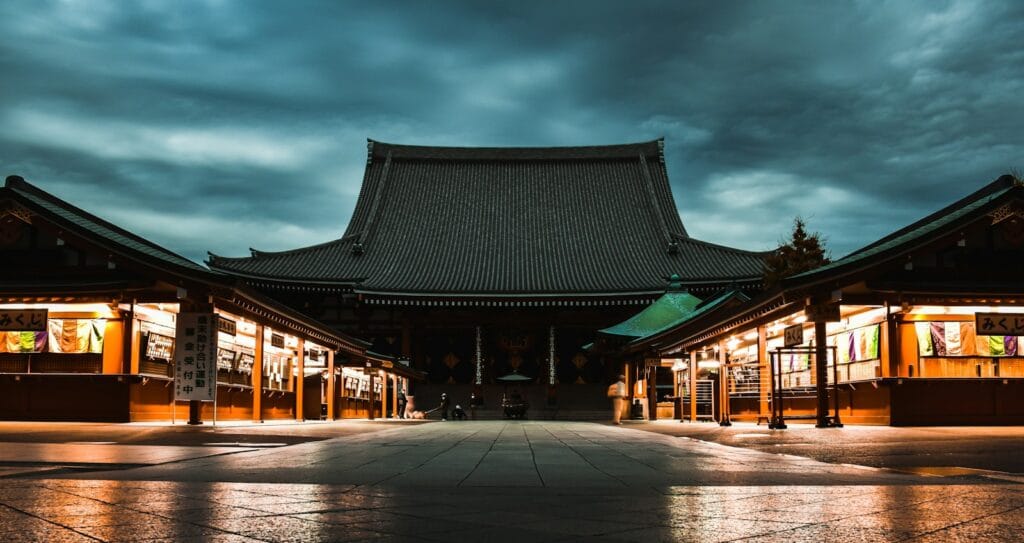French Polynesia Travel Guide: Islands of Wonder & Wild Beauty
Intro to French Polynesia Travel Guide
Floating in the heart of the South Pacific, French Polynesia is a spellbinding collection of 118 islands — each with its own magic. From the emerald peaks of Moorea to the turquoise lagoons of Bora Bora and the black-sand shores of Tahiti, this overseas collectivity of France combines postcard-perfect scenery with deep-rooted Polynesian culture and French sophistication.
Start planning your journey with our complete French Polynesia Travel Guide — discover when to go, how much it costs to travel, the best islands to visit, unforgettable French Polynesia tours, and must-know tips for seamless island-hopping.
Looking for immersive French Polynesia tours? Explore sacred mountains, dive with manta rays, and cruise radiant atolls with expert guides on our French Polynesia Tours page.
Continent: Oceania
Country: French Polynesia (overseas collectivity of France)
Area: 4,167 km² (1,609 mi² land area)
Population: ~305,000 (2024 est.)
Density: ~73 people/km²
Capital: Papeete (on Tahiti)
Regions/Subregions: Society Islands, Tuamotu Archipelago, Marquesas Islands, Austral Islands, Gambier Islands
Language(s): French (official), Tahitian, Marquesan, Paumotu
Currency: CFP Franc (XPF)
Time Zone(s): GMT-10 (Tahiti Time)
Airports: Faa’a International Airport (PPT), plus regional airports in Bora Bora, Moorea, Rangiroa, Nuku Hiva
Climate: Tropical maritime; warm, humid, rainy season (Nov–Apr), dry season (May–Oct)
Known For: Overwater bungalows, coral reefs, lagoons, Polynesian culture, black pearls, surfing, diving
French Polynesia follows French overseas visa policies but is not part of the Schengen Area.
Visa-free for most tourists from EU, USA, Canada, Australia, Japan for up to 90 days
Passport must be valid for at least 3 months beyond intended stay
Longer stays require a visa from French consulate
Visa Info – France Diplomacy
Required: None for direct arrivals; yellow fever vaccine if arriving from endemic areas
Recommended: Hepatitis A, Typhoid
Healthcare: Good hospitals in Papeete; clinics available on major islands
Travel health updates — get coverage here
Stay Informed with Official Updates: World Health Organization – International Travel and Health | Centers for Disease Control and Prevention – Global Travel Health
Generally safe and politically stable
Occasional cyclone alerts (Nov–Apr) and dengue outbreaks
Petty theft can occur in tourist areas; take standard precautions
Stay Informed with Official Updates: US Travel Advisory | UK Foreign Travel Advice
Jan 1: New Year’s Day
June 29: Autonomy Day (local significance)
July: Heiva i Tahiti (cultural festival)
July 14: Bastille Day
Dec 25: Christmas Day
Currency: CFP Franc (XPF)
Cards: Widely accepted in resorts and towns; bring cash for remote islands
Tipping: Not customary, but appreciated
Duty-Free: Apply French overseas rules; generous limits for perfume, alcohol
Faa’a International Airport (PPT) – near Papeete, Tahiti
Direct flights from Paris, Los Angeles, Tokyo, Auckland, and Honolulu
Regional flights via Air Tahiti to islands like Bora Bora, Moorea, and Rangiroa
Domestic flights via Air Tahiti for island-hopping
Ferries between Tahiti and Moorea
Car/scooter rentals on larger islands
Limited buses and taxis; hitchhiking is common and safe in rural areas
SIM cards: Available at the airport and in Papeete (Vini, Vodafone)
Coverage: Good in Tahiti and Moorea, spotty on outer islands
Wi-Fi: Available in most resorts and cafes; slow in remote areas
Drinking age: 18
Dress code: Casual but respectful; cover up when off the beach
LGBTQ+ safety: Legal and relatively accepted, especially in Tahiti
Cultural tip: Politeness is important — always greet with “Ia ora na”
Emergency Numbers: 17 (police), 15 (ambulance), 18 (fire)
U.S. Consular Services: Through Embassy in Suva, Fiji
Best time to visit: May to October (dry season)
Rainy season: November to April (with potential cyclones)
Average temp: 26–30°C (79–86°F) year-round
Weather Forecast
French Polynesia by Region – Where to Go
French Polynesia is spread across five island groups — each offering distinct experiences for every type of traveler.
Society Islands – The Iconic Heart
Home to Tahiti, Moorea, and Bora Bora, the Society Islands are the cultural and tourism core. Tahiti offers bustling markets and surf, Moorea captivates with jagged peaks and coral gardens, while Bora Bora stuns with its turquoise lagoon and overwater bungalows.
Tuamotu Archipelago – Diver’s Paradise
This string of coral atolls, including Rangiroa, Tikehau, and Fakarava, is famed for its world-class scuba diving, pink sand beaches, and lagoon resorts. It’s remote, relaxed, and reef-rich.
Marquesas Islands – Untamed & Majestic
Wild, mountainous, and deeply cultural, islands like Nuku Hiva and Hiva Oa offer ancient tiki statues, sacred valleys, and powerful spiritual energy. Artists and adventurers are drawn to this rugged frontier.
Austral Islands – Off-the-Grid Escape
Little visited and isolated, this group includes Rurutu and Tubuai, where whale-watching, untouched beaches, and authentic Polynesian life await.
Gambier Islands – Sacred & Remote
Far in the southeast, the Gambier Islands are steeped in Catholic history and surrounded by crystalline lagoons. Think solitude, pearl farming, and serene island rhythms.
Top Places to Visit in French Polynesia
Cultural & Scenic Icons
- Tahiti: Papeete’s markets, waterfalls, surf beaches, and black-sand shores
- Moorea: Hike Magic Mountain, kayak Cook’s Bay, snorkel coral gardens
- Bora Bora: Romantic overwater bungalows, Mount Otemanu, lagoon cruises
Nature & Adventure
- Fakarava: UNESCO Biosphere Reserve, incredible wall dives
- Rangiroa: Dive the Tiputa Pass with dolphins, drift snorkeling
- Nuku Hiva: Waterfalls, archaeological sites, horse trekking in jungle valleys
- Tikehau: Pink sand beaches and vibrant coral gardens
- Hiva Oa: Final resting place of artist Paul Gauguin, powerful mana sites
- Rurutu: Best whale watching (July–October), cool caves, and cliffs
How to Choose Where to Go in French Polynesia
For a first visit, pair Tahiti + Moorea + Bora Bora — easy logistics and iconic beauty.
Divers and lagoon lovers should prioritize the Tuamotus like Fakarava and Rangiroa.
Cultural travelers and trekkers will be drawn to the Marquesas.
Seeking solitude? Head to Rurutu or the remote Gambier Islands.
Plan by theme:
- Romance: Bora Bora, Tikehau
- Adventure: Nuku Hiva, Moorea
- Culture & Heritage: Hiva Oa, Raiatea
- Diving: Fakarava, Rangiroa
How to Get Around French Polynesia
Island-hopping is essential — and surprisingly efficient:
- Domestic Flights: Air Tahiti is the main operator. Multi-island passes offer value.
- Ferries: Regular service between Tahiti and Moorea (~30 min).
- Cruises: Explore multiple archipelagos in style with small luxury ships.
- Boats & Yachts: Ideal for atoll hopping in Tuamotus or sailing in Society Islands.
- Taxis & Car Rentals: Available in Tahiti, Moorea, Bora Bora; limited elsewhere.
- Bikes & Scooters: Great for smaller islands with one main road.
Travel Budget & Costs in French Polynesia
The cost to travel in French Polynesia varies by island and style:
- Budget travelers: $90–$150/day (pensions, street food, inter-island ferries)
- Mid-range: $200–$400/day (resorts, island flights, tours)
- Luxury: $500–$1,000+/day (overwater villas, private excursions, fine dining)
Sample prices:
- Ferry Tahiti–Moorea: ~$15 round trip
- Domestic flight (one-way): ~$100–$300
- Local meal: $10–$20
- Overwater bungalow: $700+/night
- Snorkel/dive tour: $80–$200
Best Time to Visit French Polynesia
Best time to visit French Polynesia: May to October (dry season)
- May–October: Cooler, drier, and ideal for diving, surfing, and weddings
- November–April: Hotter, wetter, with occasional storms — but fewer crowds
Events:
- Heiva i Tahiti (July): Traditional dance, sports, and music
- Whale watching (July–October): Rurutu is best for humpback sightings
- Hawaiki Nui Va’a (October): Major outrigger canoe race across islands
Must-See Experiences in French Polynesia
- Snorkel Bora Bora’s coral garden and drift past technicolor fish
- Attend a Heiva performance for traditional dance and drumming
- Take a motu picnic tour — swim, snorkel, and dine on coconut bread
- Scuba dive Fakarava’s shark wall during full moon season
- Visit Marae Taputapuātea in Raiatea, a sacred UNESCO World Heritage Site
- Hike Moorea’s Belvedere Lookout with views of twin bays
- Explore ancient tiki sites on Nuku Hiva and Hiva Oa
- Cruise through Rangiroa’s Blue Lagoon — a lagoon within a lagoon
Book immersive French Polynesia tours and experience unforgettable things to do in French Polynesia — from sacred temple rituals and highland treks to floating markets and lakeside food adventures.
Best Travel Itineraries in French Polynesia
7-Day Classic Escape
Day 1–2: Tahiti – explore Papeete, waterfalls
Day 3–4: Moorea – hikes, beaches, snorkeling
Day 5–7: Bora Bora – lagoon tours, overwater stay
10-Day Culture & Nature Combo
Add: Raiatea for sacred history, Tikehau for pink sands and peaceful snorkeling
2-Week Island-Hopper
Tahiti → Moorea → Fakarava (dive) → Hiva Oa (culture) → Rangiroa (blue lagoon)
Local Cuisine & Culinary Experiences
Taste the island soul with French-Polynesian flavors that range from ocean-fresh to woodfire-roasted:
- Poisson cru: Raw tuna in coconut milk and lime — the national dish
- Fafaru: Fermented fish — for bold eaters only!
- Chevrettes: River shrimp in vanilla sauce
- Roast pork or chicken: Cooked in underground stone oven (ahima’a)
- Breadfruit, taro, and coconut-based sides
- Tropical desserts: Banana po’e, mango tartes, pineapple jam
Don’t miss Les Roulottes — open-air food trucks in Papeete’s waterfront for affordable, local favorites.
Travel Safety & Cultural Etiquette in French Polynesia
- Safety: Very safe; petty theft is rare but still use basic precautions
- Health: No vaccines required; avoid mosquito bites in wet season
- Cultural Respect: Dress modestly outside the beach, remove shoes when entering homes
- Language: French and Tahitian spoken; English in tourist areas
- Religion: Mostly Christian — respect Sunday closures
- Eco Responsibility: Don’t touch coral, feed fish, or remove shells
Where to Go Next – Pair French Polynesia with These Destinations
- New Zealand: Connect via Auckland; mix tropical with temperate
- Cook Islands: Short regional flights link these uncrowded gems
- Hawaii: Combine Polynesian cultural links with direct flights from Papeete
- Easter Island (Rapa Nui): Add a cultural mystery to your Pacific journey
Explore more:
- Cook Islands Travel Guide – Relaxed cousin of French Polynesia
- New Zealand Travel Guide – Adventure, wine, and Maori heritage
- Hawaii Travel Guide – Surf, volcanos, and island spirit
- Fiji Travel Guide – Island-hopping with Fijian hospitality
Final Planning Checklist for French Polynesia
- Plan island route and purchase Air Tahiti Pass if visiting multiple groups
- Book overwater bungalows and inter-island flights early in high season
- Check weather forecast for outdoor excursions and reef safety
- Download offline maps and Tahiti tourism apps
- Pack reef-safe sunscreen, insect repellent, water shoes, and a dry bag
- Budget for inter-island transport and cash for local snacks and crafts
- Respect Marae (sacred temples) and ask permission before entering villages
- Confirm all entry requirements (passport, COVID rules if any)
Explore French Polynesia with confidence using our trusted tips, local insights, and region-by-region planning tools.

